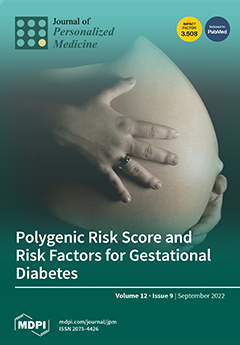Background: Acute postoperative delirium is the most common neuropsychiatric disorder in cardiac surgery patients in the intensive care unit (ICU). The purpose of this study was to evaluate the possible risk factors of postoperative delirium (POD) for cardiac surgery patients in the ICU.
Materials and Methods: The study population was composed of 86 cardiac surgery patients managed postoperatively in the cardiac surgery ICU. Presence of POD in patients was evaluated by the CAM-ICU scale.
Results: According to the CAM-ICU scale, 22 (25.6%) patients presented POD; history of smoking, alcohol use, COPD, and preoperative permanent atrial fibrillation were associated with POD (for all,
p < 0.05). The type of cardiac surgery operations, type of analgesia, and red blood cell transfusion in the ICU were not associated with POD (
p > 0.05), while cardiac arrhythmia in the ICU, hypoxemia in the ICU after extubation (pO
2 < 60 mmHg), and heart rate after extubation were predisposing factors for POD (for all,
p < 0.05). Multivariable logistic regression analysis (adjusted to risk factors) showed that hypoxemia after extubation (OR = 20.6; 95%CI: 2.82–150), heart rate after extubation (OR = 0.95; 95% CI: 0.92–0.98), and alcohol use (OR = 74.3; 95%CI: 6.41–861) were predictive factors for acute postoperative delirium (for all,
p < 0.05).
Conclusion: Alcohol use and respiratory dysfunction before and after heart operation were associated with acute postoperative delirium in cardiac surgery ICU patients.
Full article





